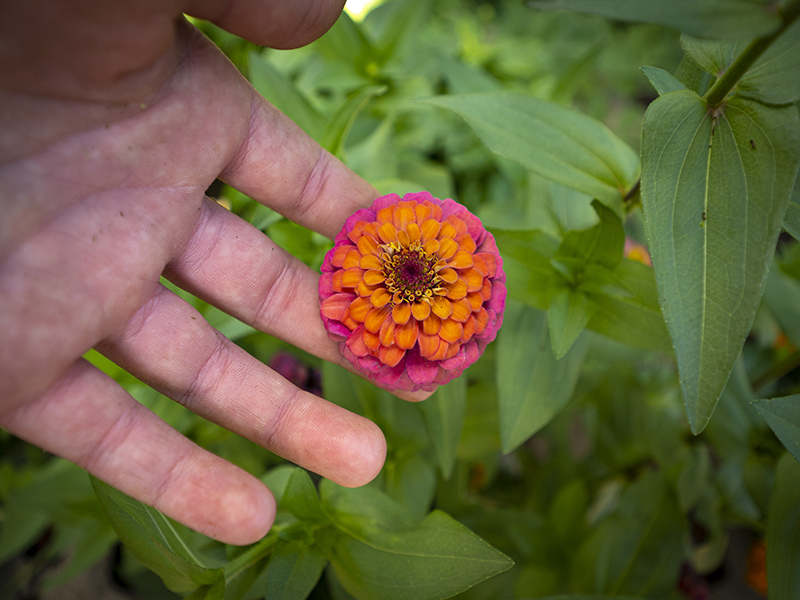Now Is The Time To Plant Seeds For Transplants
STILLWATER, Okla. – Although there is still the opportunity for freezing temperatures
across the state, gardeners can get a jump start on their summer vegetables and flowers
by starting seeds indoors now.
Not only is it more economical to start your own seeds as opposed to purchasing transplants, you also will have a much larger selection, said David Hillock, Oklahoma State University Cooperative Extension consumer horticulturist.
“Some seeds will need to germinate indoors for several weeks before being ready to transplant. Others will take only a few days,” Hillock said. “Make sure the timing is correct in an effort to give your seeds the best chance to grow.”
After the seeds have germinated, they must be promptly given the best possible growing conditions to ensure stocky vigorous plants for outdoor planting. Cultural requirements must be considered carefully.
Light is crucial following germination. If possible, place them in a bright, south-facing window. If a southern exposure is not possible, place the flats under fluorescent lights. A fixture with two 40-watt tubes is adequate. Place the seedlings about 6 inches from the tubes and leave the lights on for 14 to 16 hours each day. As seedlings grow, the lights may need to be raised to prevent leaf burn as seedlings touch the tubes.
Hillock said the plants need some red and infrared radiation. Since this is not supplied by common fluorescent tubes, additional light from incandescent lamps or windows is necessary. If this is not possible, use a fluorescent tube specially designed for plant growing.
“Most annual plants and vegetables prefer nighttime temperatures between 60 and 65 degrees Fahrenheit. Day temperatures may run about 10 degrees higher. If temperatures are warmer than this, tall, thin plants result,” he said.
Cool-season vegetable crops and a few flowers prefer night temperatures no higher than 55 degrees Fahrenheit and day temperatures near 65 degrees. An unused bedroom, basement or sun porch is often a good location.
Good humidity is an asset for producing good plants. If you have a humidifier you can use it. If not, shallow pans of gravel filled with water placed as close to the growing area as possible is another option. Flats should be kept moist at all times, but never soggy. Allow drying between waterings, but do not allow seedlings to wilt at any time.
“Just as you use some fertilizer in your garden, the seedlings need some, too, but be careful not to use too much,” he said. “Young, tender seedlings can easily be damaged by too much fertilizer. Apply fertilizer at about half the recommended strength on the label a few days after seedlings have germinated. After that, fertilize at two-week intervals with the dilution recommended by the manufacturer.”
Something to be aware of is a disease called damping off. When seedlings fall over at the ground level, they are being attacked by this fungus disease. If only a few seedlings are attacked, dig out and discard the infected plants and soil. Drench the entire soil mass with a fungicide if the disease is scattered throughout the flat or pot. This, however, may not provide complete control.
High temperature, poor light or excess moisture stimulate spread of the disease by weakening plants to make them more susceptible to it. Best control is cleanliness and prompt action when the disease appears.
“It won’t be long until it’s time to get those warm season plants in the ground. Starting off with healthy transplants will help ensure a successful gardening season,” Hillock said.
